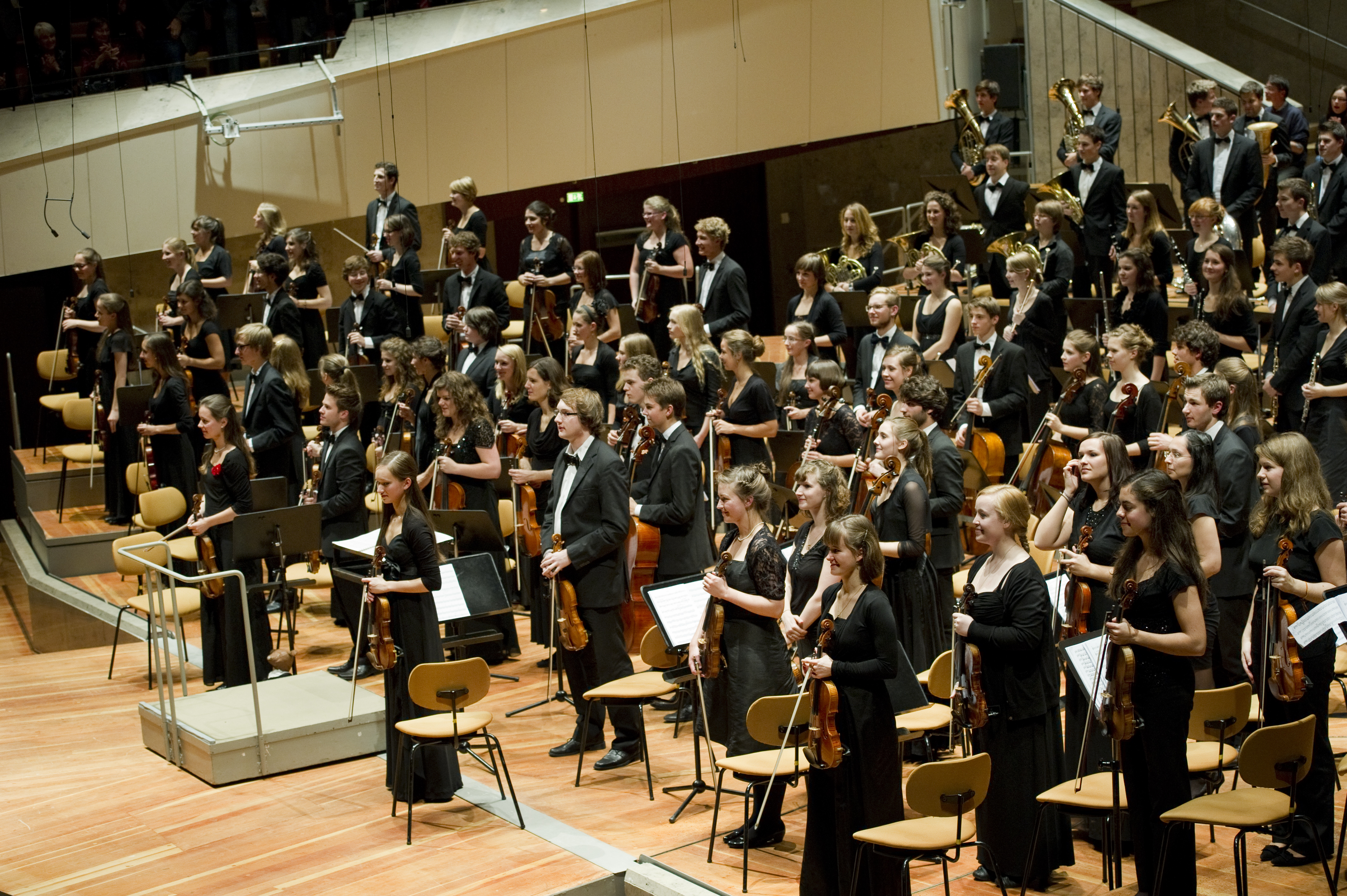|
Naked City (band)
Naked City was an avant-garde music, avant-garde music group led by saxophonist and composer John Zorn. Active primarily in New York City from 1988 to 1993, Naked City was initiated by Zorn as a "composition workshop" to test the limits of composition (and improvisation) in a traditional rock music, rock band lineup. Their music incorporated elements of jazz, surf music, surf, progressive rock, classical music, classical, heavy metal music, heavy metal, grindcore, punk rock, and other music genre, genres. History Named after a 1945 book of graphic black and white photographs by Weegee, the band performed an aggressive mix of "soundtrack themes, bluesy hard bop, speedy hardcore rock, squealing free jazz [and] heavy metal music, metallic funk". In Naked City's characteristic early style, songs were often performed at astonishingly fast tempos, drawing on thrash metal and hardcore punk's emphasis on extreme speed. Many songs were quite brief, and typically switched musical genres ev ... [...More Info...] [...Related Items...] OR: [Wikipedia] [Google] [Baidu] |
Wayne Horvitz
Wayne Horvitz (born September 1, 1955) is an American composer, keyboardist and record producer. He came to prominence in the Downtown scene of 1980s and '90s New York City, where he met his future wife, the singer, songwriter and pianist Robin Holcomb. He is noted for working with John Zorn's Naked City among others. Horvitz has since relocated to the Seattle, Washington area where he has several ongoing groups and has worked as an adjunct professor of composition at Cornish College of the Arts. Biography Horvitz, a "defiant cross-breeder of genres",de Barros, Paul"Wayne Horvitz" Liner notes to ''Wayne Horvitz: Joe Hill: 16 Actions for Orchestra, Voices, and Soloist''. New World Records. has led the groups The President, Pigpen, Zony Mash, and the Four Plus One Ensemble. Works for theater and dance include music for the 1998 production of ''Death of a Salesman'' for Seattle's ACT theater (directed by Gordon Edelstein); productions of Ezra Pound's Elektra and the American p ... [...More Info...] [...Related Items...] OR: [Wikipedia] [Google] [Baidu] |
Rock Music
Rock is a Music genre, genre of popular music that originated in the United States as "rock and roll" in the late 1940s and early 1950s, developing into a range of styles from the mid-1960s, primarily in the United States and the United Kingdom. It has its roots in rock and roll, a style that drew from the black musical genres of blues and rhythm and blues, as well as from country music. Rock also drew strongly from genres such as electric blues and folk music, folk, and incorporated influences from jazz and other styles. Rock is typically centered on the electric guitar, usually as part of a rock group with electric bass guitar, drum kit, drums, and one or more singers. Usually, rock is song-based music with a Time signature, time signature and using a verse–chorus form; however, the genre has become extremely diverse. Like pop music, lyrics often stress romantic love but also address a wide variety of other themes that are frequently social or political. Rock was the most p ... [...More Info...] [...Related Items...] OR: [Wikipedia] [Google] [Baidu] |
Tempos
In musical terminology, tempo (Italian for 'time'; plural 'tempos', or from the Italian plural), measured in beats per minute, is the speed or pace of a given composition, and is often also an indication of the composition's character or atmosphere. In classical music, tempo is typically indicated with an instruction at the start of a piece (often using conventional Italian terms) and, if a specific metrical pace is desired, is usually measured in beats per minute (bpm or BPM). In modern classical compositions, a "metronome mark" in beats per minute, indicating only measured speed and not any form of expression, may supplement or replace the normal tempo marking, while in modern genres like electronic dance music, tempo will typically simply be stated in bpm. Tempo (the underlying pulse of the music) is one of the three factors that give a piece of music its texture. The others are meter, which is indicated by a time signature, and articulation, which determines how each note ... [...More Info...] [...Related Items...] OR: [Wikipedia] [Google] [Baidu] |
Funk
Funk is a music genre that originated in African-American communities in the mid-1960s when musicians created a rhythmic, danceable new form of music through a mixture of various music genres that were popular among African-Americans in the mid-20th century. It deemphasizes melody and chord progressions and focuses on a strong rhythmic groove of a bassline played by an electric bassist and a drum part played by a percussionist, often at slower tempos than other popular music. Funk typically consists of a complex percussive groove with rhythm instruments playing interlocking grooves that create a "hypnotic" and "danceable" feel. It uses the same richly colored extended chords found in bebop jazz, such as minor chords with added sevenths and elevenths, and dominant seventh chords with altered ninths and thirteenths. Funk originated in the mid-1960s, with James Brown's development of a signature groove that emphasized the downbeat—with a heavy emphasis on the first be ... [...More Info...] [...Related Items...] OR: [Wikipedia] [Google] [Baidu] |
Hard Bop
Hard bop is a subgenre of jazz that is an extension of bebop (or "bop") music. Journalists and record companies began using the term in the mid-1950s to describe a new current within jazz that incorporated influences from rhythm and blues, gospel music, and blues, especially in saxophone and piano playing. David H. Rosenthal contends in his book ''Hard Bop'' that the genre is, to a large degree, the natural creation of a generation of African-American musicians who grew up at a time when bop and rhythm and blues were the dominant forms of black American music. Prominent hard bop musicians included Horace Silver, Clifford Brown, Charles Mingus, Art Blakey, Cannonball Adderley, Miles Davis, John Coltrane, Hank Mobley, Thelonious Monk, Lee Morgan, Wes Montgomery, Pat Martino and others. Characteristics Hard bop is sometimes referred to as "funky hard bop". The "funky" label refers to the rollicking, rhythmic feeling associated with the style. The descriptor is also used to de ... [...More Info...] [...Related Items...] OR: [Wikipedia] [Google] [Baidu] |
Blues
Blues is a music genre and musical form that originated among African Americans in the Deep South of the United States around the 1860s. Blues has incorporated spiritual (music), spirituals, work songs, field hollers, Ring shout, shouts, chants, and rhymed simple narrative ballad (music), ballads from the African-American culture. The blues form is ubiquitous in jazz, rhythm and blues, and rock and roll, and is characterized by the Call and response (music), call-and-response pattern, the blues scale, and specific chord progressions, of which the twelve-bar blues is the most common. Blue notes (or "worried notes"), usually thirds, fifths or sevenths flattened in Pitch (music), pitch, are also an essential part of the sound. Blues shuffle note, shuffles or walking bass reinforce the trance-like rhythm and form a repetitive effect known as the groove (popular music), groove. Blues music is characterized by its lyrics, Bassline, bass lines, and Instrumentation (music), instrumen ... [...More Info...] [...Related Items...] OR: [Wikipedia] [Google] [Baidu] |
Soundtrack
A soundtrack is a recorded audio signal accompanying and synchronised to the images of a book, drama, motion picture, radio program, television show, television program, or video game; colloquially, a commercially released soundtrack album of music as featured in the soundtrack of a film, video, or television presentation; or the physical area of a film that contains the Sound-on-film, synchronised recorded sound. In movie industry terminology usage, a sound film, sound track is an audio recording created or used in film production or post-production. Initially, the dialogue, sound effects, and music in a film each has its own separate track, and these are mixed together to make what is called the ''composite track,'' which is heard in the film. A ''dubbing track'' is often later created when films are dubbed into another language. This is also known as an M&E (music and effects) track. M&E tracks contain all sound elements minus dialogue, which is then supplied by the foreign ... [...More Info...] [...Related Items...] OR: [Wikipedia] [Google] [Baidu] |
Weegee
Ascher (Usher) Fellig (June 12, 1899 – December 26, 1968), known by his pseudonym Weegee, was a photographer and photojournalist, known for his stark black and white street photography in New York City. Weegee worked in Manhattan's Lower East Side as a press photographer during the 1930s and 1940s and developed his signature style by following the city's emergency services and documenting their activity. Much of his work depicted unflinchingly realistic scenes of urban life, crime, injury and death. Weegee published photographic books and also worked in cinema, initially making his own short films and later collaborating with film directors such as Jack Donohue and Stanley Kubrick. Personal life Weegee was born Ascher (later modified to Usher) Fellig in Złoczów (now Zolochiv, Ukraine), near Lemberg in Galicia-Lodomeria, a region of the Austro-Hungarian Empire. His given name was changed to Arthur after he immigrated with his family to New York in 1909. The father of the ... [...More Info...] [...Related Items...] OR: [Wikipedia] [Google] [Baidu] |
Music Genre
A music genre is a conventional category that identifies some pieces of music as belonging to a shared tradition or set of conventions. Genre is to be distinguished from musical form and musical style, although in practice these terms are sometimes used interchangeably. Music can be divided into genres in numerous ways, sometimes broadly and with polarity, e.g., popular music as opposed to art music or folk music, or, as another example, religious music and secular music. Often, however, classification draws on the proliferation of derivative subgenres, fusion genres, and microgenres that has started to accrue, e.g., screamo, country pop, and mumble rap, respectively. The artistic nature of music means that these classifications are often subjective and controversial, and some may overlap. As genres evolve, novel music is sometimes lumped into existing categories. Definitions Douglass M. Green distinguishes between genre and Musical form, form in his book ''Form in Tonal Music''. ... [...More Info...] [...Related Items...] OR: [Wikipedia] [Google] [Baidu] |
Punk Rock
Punk rock (also known as simply punk) is a rock music genre that emerged in the mid-1970s. Rooted in 1950s rock and roll and 1960s garage rock, punk bands rejected the corporate nature of mainstream 1970s rock music. They typically produced short, fast-paced songs with hard-edged melodies and singing styles with stripped-down instrumentation. Punk rock lyrics often explore anti-establishment and Anti-authoritarianism, anti-authoritarian themes. Punk embraces a DIY ethic; many bands self-produce recordings and distribute them through independent record label, independent labels. The term "punk rock" was previously used by American Music criticism, rock critics in the early 1970s to describe the mid-1960s garage bands. Certain late 1960s and early 1970s Detroit acts, such as MC5 and Iggy and the Stooges, and other bands from elsewhere created out-of-the-mainstream music that became highly influential on what was to come. Glam rock in the UK and the New York Dolls from New York ha ... [...More Info...] [...Related Items...] OR: [Wikipedia] [Google] [Baidu] |
Heavy Metal Music
Heavy metal (or simply metal) is a Music genre, genre of rock music that developed in the late 1960s and early 1970s, largely in the United Kingdom and United States. With roots in blues rock, psychedelic rock and acid rock, heavy metal bands developed a thick, monumental sound characterized by distortion (music), distorted guitars, extended guitar solos, emphatic Beat (music), beats and loudness. In 1968, three of the genre's most famous pioneers – British bands Led Zeppelin, Black Sabbath and Deep Purple – were founded. Though they came to attract wide audiences, they were often derided by critics. Several American bands modified heavy metal into more accessible forms during the 1970s: the raw, sleazy sound and shock rock of Alice Cooper and Kiss (band), Kiss; the blues-rooted rock of Aerosmith; and the flashy guitar leads and party rock of Van Halen. During the mid-1970s, Judas Priest helped spur the genre's evolution by discarding much of its blues influence,Walser (1 ... [...More Info...] [...Related Items...] OR: [Wikipedia] [Google] [Baidu] |
Classical Music
Classical music generally refers to the art music of the Western world, considered to be #Relationship to other music traditions, distinct from Western folk music or popular music traditions. It is sometimes distinguished as Western classical music, as the term "classical music" can also be applied to List of classical and art music traditions, non-Western art musics. Classical music is often characterized by formality and complexity in its musical form and Harmony, harmonic organization, particularly with the use of polyphony. Since at least the ninth century, it has been primarily a written tradition, spawning a sophisticated music notation, notational system, as well as accompanying literature in music analysis, analytical, music criticism, critical, Music history, historiographical, musicology, musicological and Philosophy of music, philosophical practices. A foundational component of Western culture, classical music is frequently seen from the perspective of individual or com ... [...More Info...] [...Related Items...] OR: [Wikipedia] [Google] [Baidu] |







